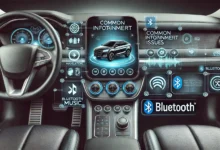Why Are Electric Cars So Quiet ? Unpacking the Silent Revolution on Our Roads
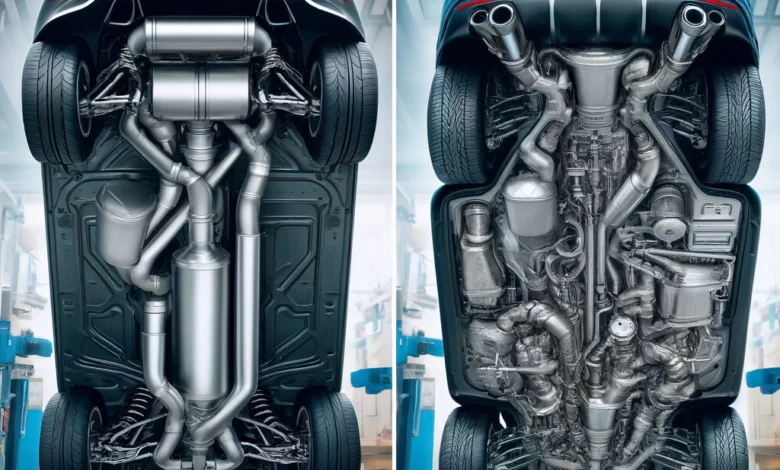
Electric cars are swiftly becoming a fixture on streets around the world, ushering in a revolution not only through their environmental benefits but also by changing the acoustic landscape of our daily commutes. The whisper-quiet nature of electric vehicles (EVs) stands in stark contrast to the growl and roar of internal combustion engine (ICE) vehicles. But why exactly are electric cars so much quieter? Let’s dive deeper into the mechanics and implications of this quietness.
The Silent Power of Electric Motors
At the core of the quietness of electric cars is the electric motor itself. Unlike ICE vehicles, which rely on combustion engines fraught with mechanically complex processes, electric cars operate using electric motors that are dramatically simpler in design. An ICE works through controlled explosions of fuel and air mixture that generate movement—and substantial noise. These
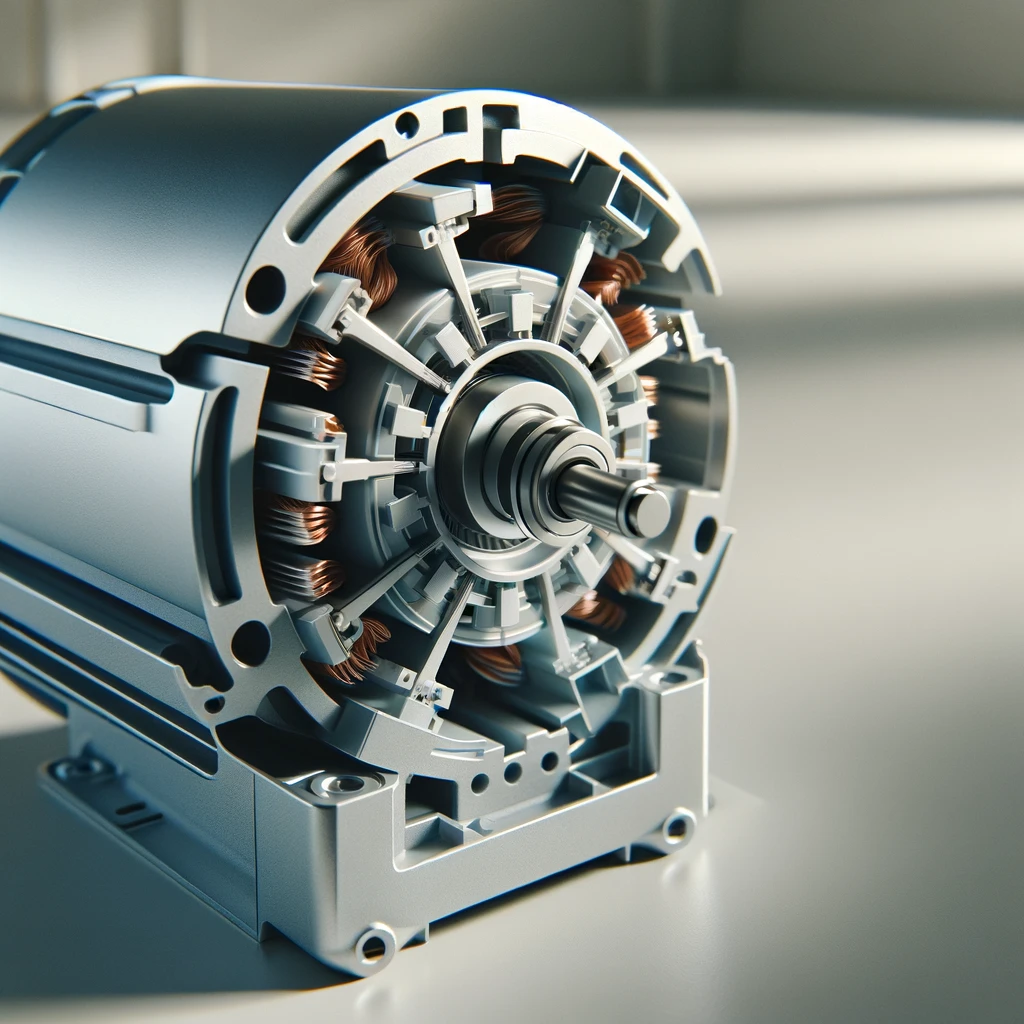
Electric motors, in contrast, work on a completely different principle. They convert electrical energy into mechanical energy through electromagnetic induction. In an electric motor, electricity from the battery causes a magnetic field, which then interacts with the windings inside the motor to produce force that rotates the motor’s rotor. This setup has far fewer moving parts—typically just the rotor itself—which significantly reduces noise emissions. There’s no need for fuel to be explosively burned, and thus, no cacophony of mechanical clatter.
Lack of an Exhaust System
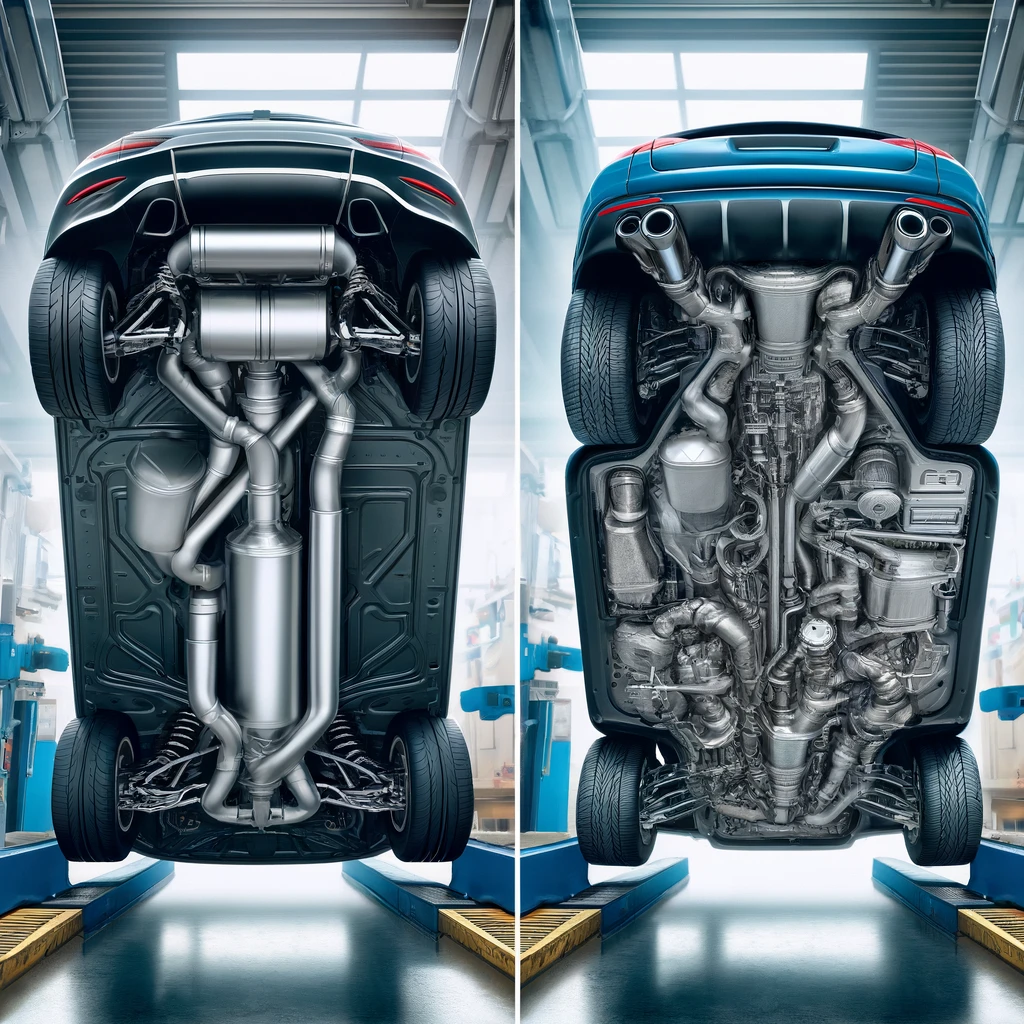
One of the most notable sources of noise in ICE vehicles is the exhaust system. The exhaust not only vents spent gases but also tends to amplify the engine’s noise. Electric cars completely eliminate this source of noise because they do not produce exhaust gases. With no need for an exhaust system, one major component of vehicular noise is absent in EVs.
Enhanced Vehicle Design and Insulation
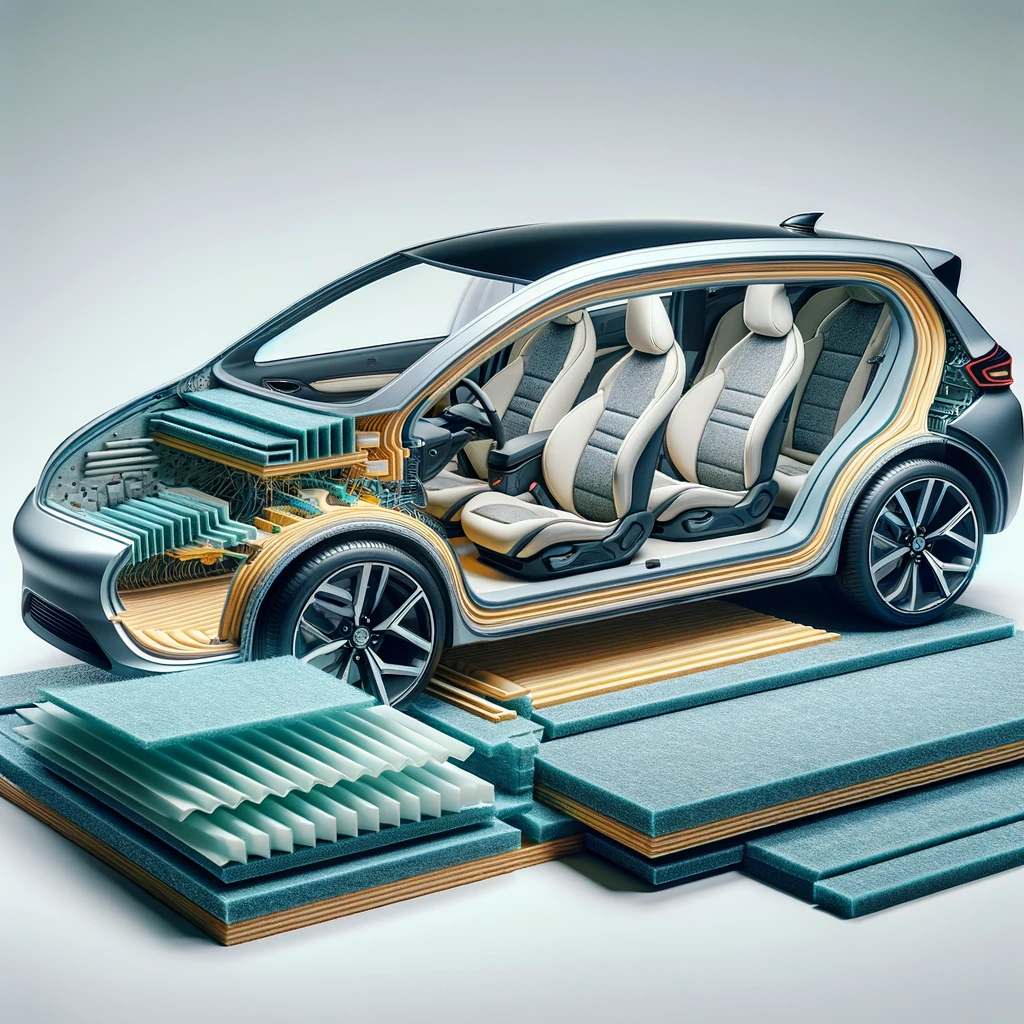
Manufacturers are well aware that the absence of engine noise in electric cars makes other noises more perceptible, such as the hum of the ti
Regulatory Requirements for Noise
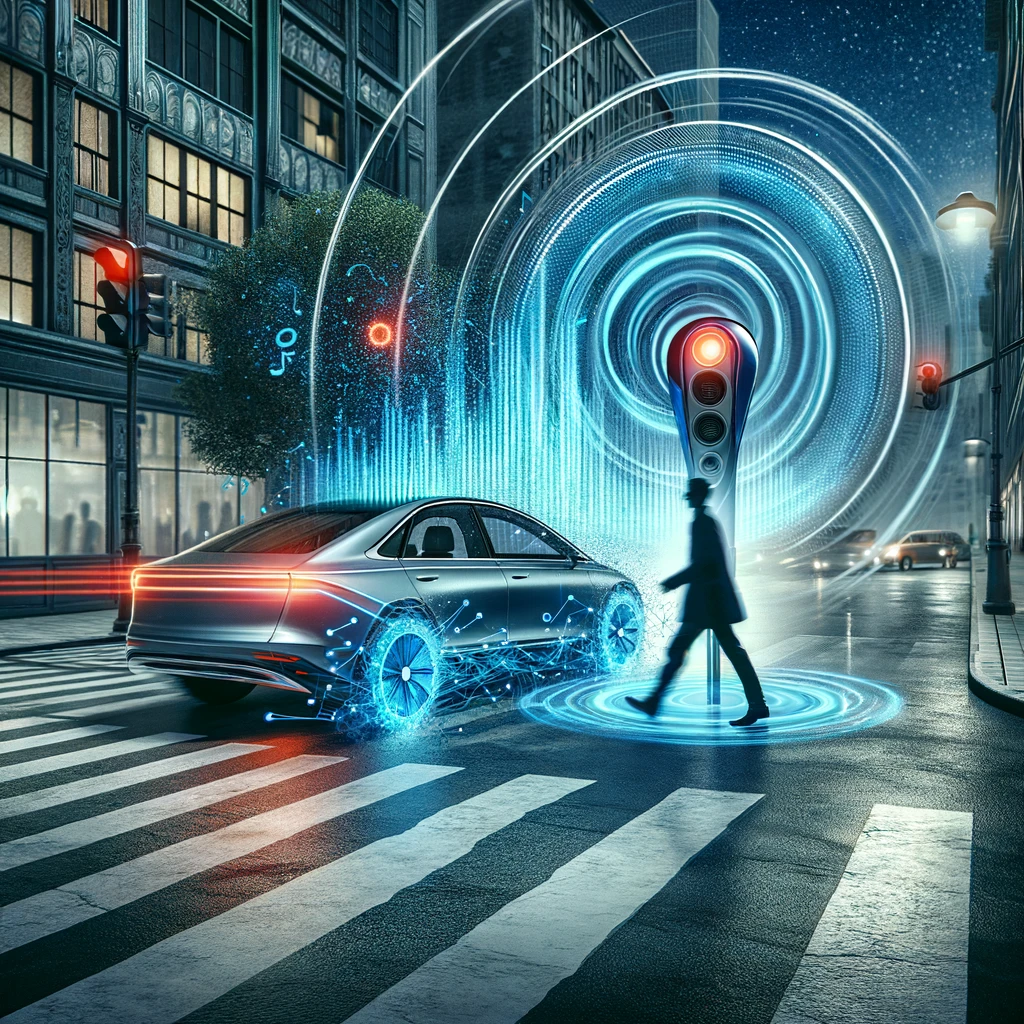
The quietness of EVs, while pleasant, has raised safety concerns for pedestrians, particularly those who are visually impaired. To address this, laws in many countries now require electric vehicles to emit artificial noises at low speeds to alert pedestrians of their presence. These Vehicle Sound for Pedestrians (VSP) systems are engineered to simulate a noise similar to a conventional engine or create a distinctive sound that can be easily recognized.
Future Implications
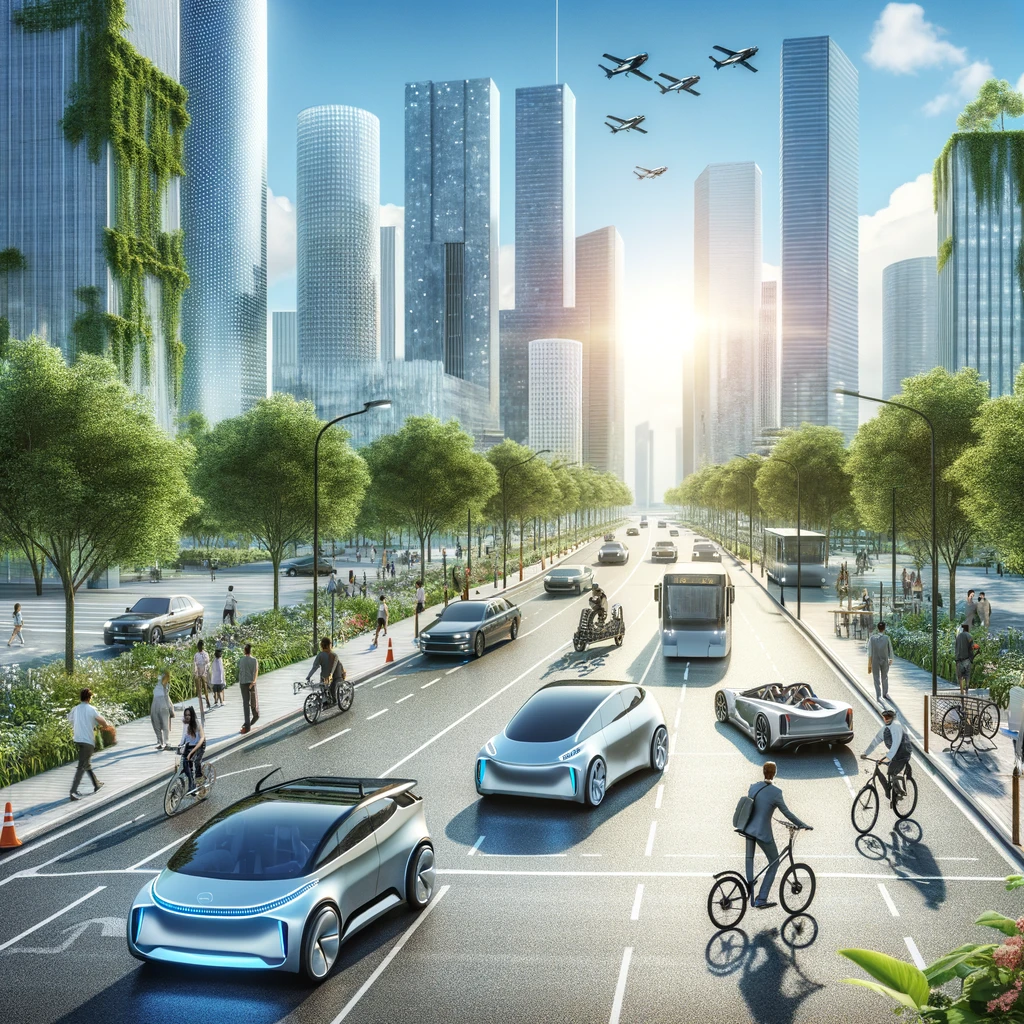
The increasing prevalence of electric cars promises not just quieter vehicles but quieter cities. Urban environments, long plagued by the din of motor traffic, could experience a significant decrease in noise pollution. This reduction could have wide-ranging benefits, from lower stress levels and improved public health to more serene and livable cityscapes.
Additionally, quieter roads might also influence wildlife in urban areas, as less noise pollution reduces the impact on the behaviors and health of animals. The ripple effects of adopting electric vehicle
In Conclusion
Electric cars are transforming our roads in more ways than one. Their quiet operation is a testament to the advances in automotive technology that focus not only on efficiency and eco-friendliness but also on improving the quality of life. As w




